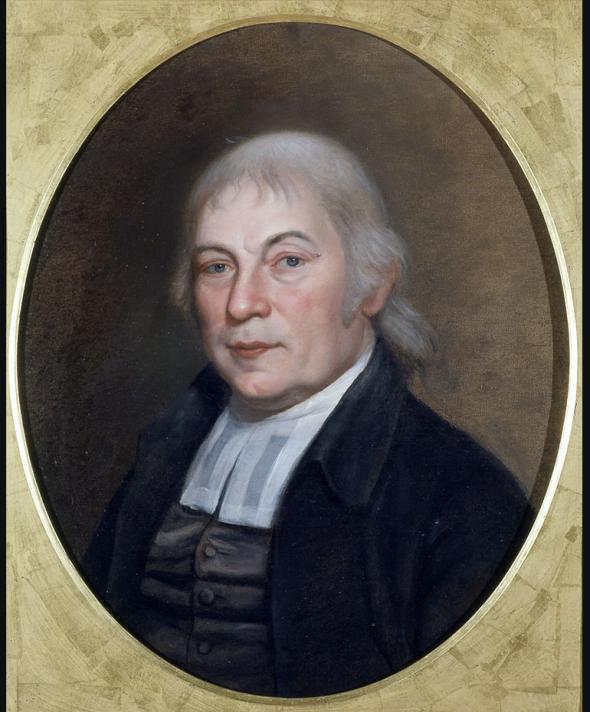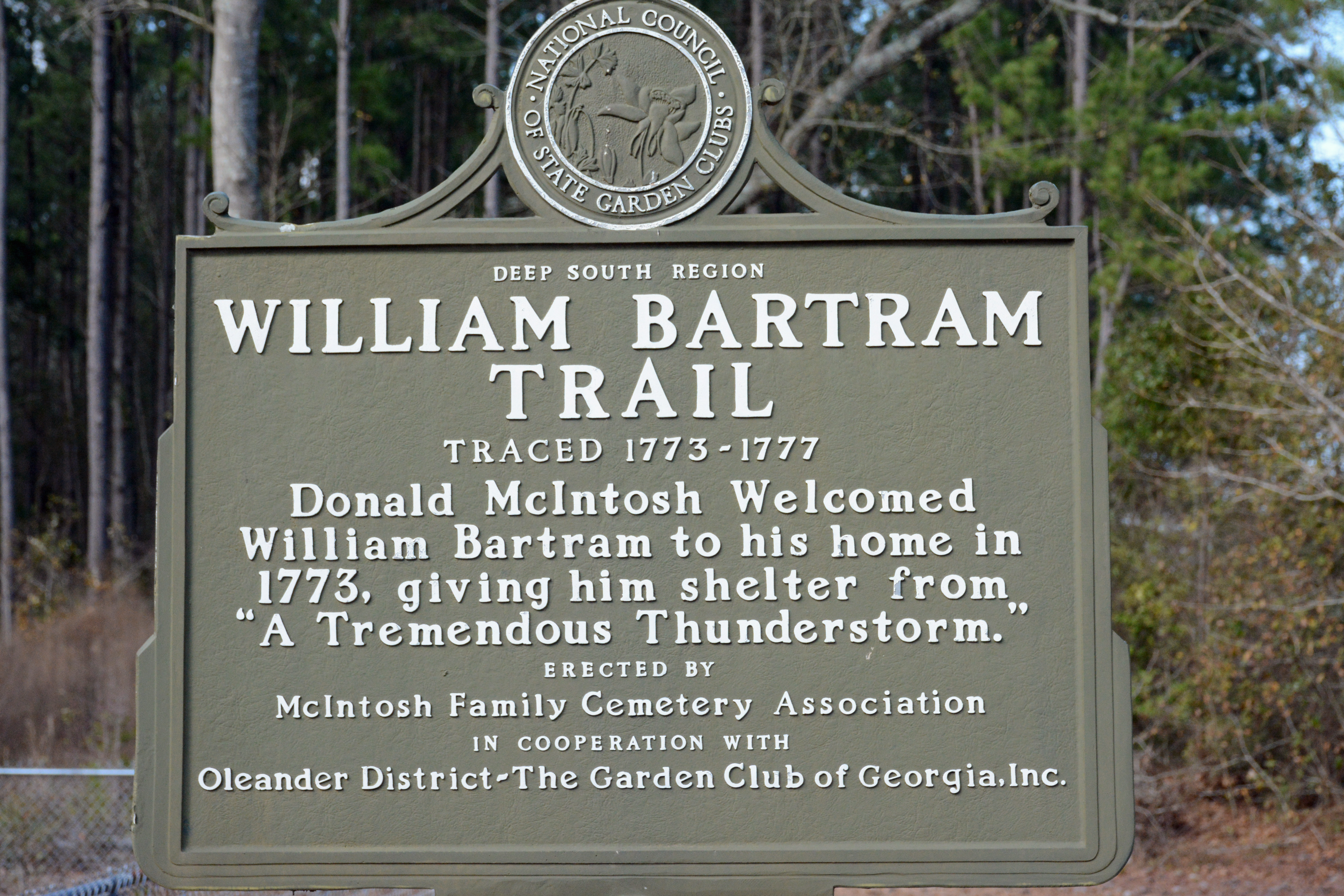|
Lycopus Americanus
''Lycopus americanus'', common names American water horehound or American bugleweed, is a member of the genus ''Lycopus ''Lycopus'' (water horehound, gypsywort, or bugleweed) is a genus in the family Lamiaceae. They are all herbaceous plants native to Europe, Asia, Australia, and North America. The species are most often found in wetlands, damp meadows, and strea ...''. It blooms in late summer and is found in much of North America. Medicinal plant It is reputed to have medicinal properties and has been used as a dye. References * Niering,W., Olmstead, N., National Audubon Society Guide to North American Wildflowers, Eastern Region,1995, plate 184 and page 573, External links Jepson Manual Treatment [...More Info...] [...Related Items...] OR: [Wikipedia] [Google] [Baidu] |
Gotthilf Heinrich Ernst Muhlenberg
Gotthilf Heinrich Ernst Muhlenberg (17 November 1753 – 23 May 1815) was an American clergyman and botanist. Biography The son of Heinrich Melchior Muhlenberg, he was born in Trappe, Pennsylvania. He was educated at Franckesche Stiftungen in Halle starting in 1763 and in 1769 at the University of Halle. He returned to Pennsylvania in September 1770 and was ordained as a Lutheran minister. He served first in Pennsylvania and then as a pastor in New Jersey. He received a Doctor of Divinity degree from Princeton University. He married Mary Catherine Hall in 1774, with whom he would go on to have eight children. Despite his family beginning to take root in Philadelphia, Muhlenberg found he had no choice but to flee Philadelphia upon the outbreak of Revolutionary War hostilities in the region. Returning to his hometown of Trappe, he took up the study of botany. He served as the pastor of Holy Trinity Church in Lancaster, Pennsylvania from 1780 through 1815. In 1785, he was e ... [...More Info...] [...Related Items...] OR: [Wikipedia] [Google] [Baidu] |
William Bartram
William Bartram (April 20, 1739 – July 22, 1823) was an American botanist, ornithologist, natural historian and explorer. Bartram was the author of an acclaimed book, now known by the shortened title ''Bartram's Travels'', which chronicled his explorations of the southern British colonies in North America from 1773 to 1777. Bartram has been described as "the first naturalist who penetrated the dense tropical forests of Florida". Bartram was one of the first ornithologists born in America. In 1756, at the age of 17, he collected the type specimens of 14 species of American birds, which were illustrated and described by the English naturalist George Edwards in ''Gleanings of Natural History'' vol. 2 (1760). These accounts formed the basis of the scientific descriptions of Linnaeus (1707–1778), Johann Friedrich Gmelin (1748–1804) and John Latham (1740–1837). Bartram also made significant contributions to botanical literature. Like his father, he was a member of the Amer ... [...More Info...] [...Related Items...] OR: [Wikipedia] [Google] [Baidu] |
Lycopus
''Lycopus'' (water horehound, gypsywort, or bugleweed) is a genus in the family Lamiaceae. They are all herbaceous plants native to Europe, Asia, Australia, and North America. The species are most often found in wetlands, damp meadows, and stream banks. Some of the wetland species have become endangered. Appearance The genus includes only perennial species; they spread by both seeds and stems rooting as they grow along the ground. Small white flowers bloom in late summer on leaf axials. Leaves are bright green, pointed, lobed, and like all mints occur in opposite pairs. Some species start with curled purple leaves that unfurl to a bright green coloration. The species in this genus vary in size, but generally grow to about . Ethnobotanical history The plant's juice yields black dye, supposedly used by the Roma in Europe to tan their skin to mimic Egyptians, hence the common name of ''Gypsywort'' for ''Lycopus europaeus.'' Apothecaries and herbalists used the leaves, stems, and fl ... [...More Info...] [...Related Items...] OR: [Wikipedia] [Google] [Baidu] |
Flora Of North America
The ''Flora of North America North of Mexico'' (usually referred to as ''FNA'') is a multivolume work describing the native plants and naturalized plants of North America, including the United States, Canada, St. Pierre and Miquelon, and Greenland. It includes bryophytes and vascular plants. All taxa are described and included in dichotomous keys, distributions of all species and infraspecific taxa are mapped, and about 20% of species are illustrated with line drawings prepared specifically for FNA. It is expected to fill 30 volumes when completed and will be the first work to treat all of the known flora north of Mexico; in 2015 it was expected tha the series would conclude in 2017. Twenty-nine of the volumes have been published as of 2022. Soon after publication, the contents are made available online. FNA is a collaboration of about 1,000 authors, artists, reviewers, and editors from throughout the world. Reception The series has been praised for "the comprehensive treatme ... [...More Info...] [...Related Items...] OR: [Wikipedia] [Google] [Baidu] |
Medicinal Plants
Medicinal plants, also called medicinal herbs, have been discovered and used in traditional medicine practices since prehistoric times. Plants synthesize hundreds of chemical compounds for various functions, including defense and protection against insects, fungi, diseases, and herbivorous mammals. The earliest historical records of herbs are found from the Sumerian civilization, where hundreds of medicinal plants including opium are listed on clay tablets, c. 3000 BC. The Ebers Papyrus from ancient Egypt, c. 1550 BC, describes over 850 plant medicines. The Greek physician Dioscorides, who worked in the Roman army, documented over 1000 recipes for medicines using over 600 medicinal plants in ''De materia medica'', c. 60 AD; this formed the basis of pharmacopoeias for some 1500 years. Drug research sometimes makes use of ethnobotany to search for pharmacologically active substances, and this approach has yielded hundreds of useful compounds. These include the common drugs asp ... [...More Info...] [...Related Items...] OR: [Wikipedia] [Google] [Baidu] |
Plants Described In 1815
Plants are predominantly photosynthetic eukaryotes of the kingdom Plantae. Historically, the plant kingdom encompassed all living things that were not animals, and included algae and fungi; however, all current definitions of Plantae exclude the fungi and some algae, as well as the prokaryotes (the archaea and bacteria). By one definition, plants form the clade Viridiplantae (Latin name for "green plants") which is sister of the Glaucophyta, and consists of the green algae and Embryophyta (land plants). The latter includes the flowering plants, conifers and other gymnosperms, ferns and their allies, hornworts, liverworts, and mosses. Most plants are multicellular organisms. Green plants obtain most of their energy from sunlight via photosynthesis by primary chloroplasts that are derived from endosymbiosis with cyanobacteria. Their chloroplasts contain chlorophylls a and b, which gives them their green color. Some plants are parasitic or mycotrophic and have lost the ability ... [...More Info...] [...Related Items...] OR: [Wikipedia] [Google] [Baidu] |



